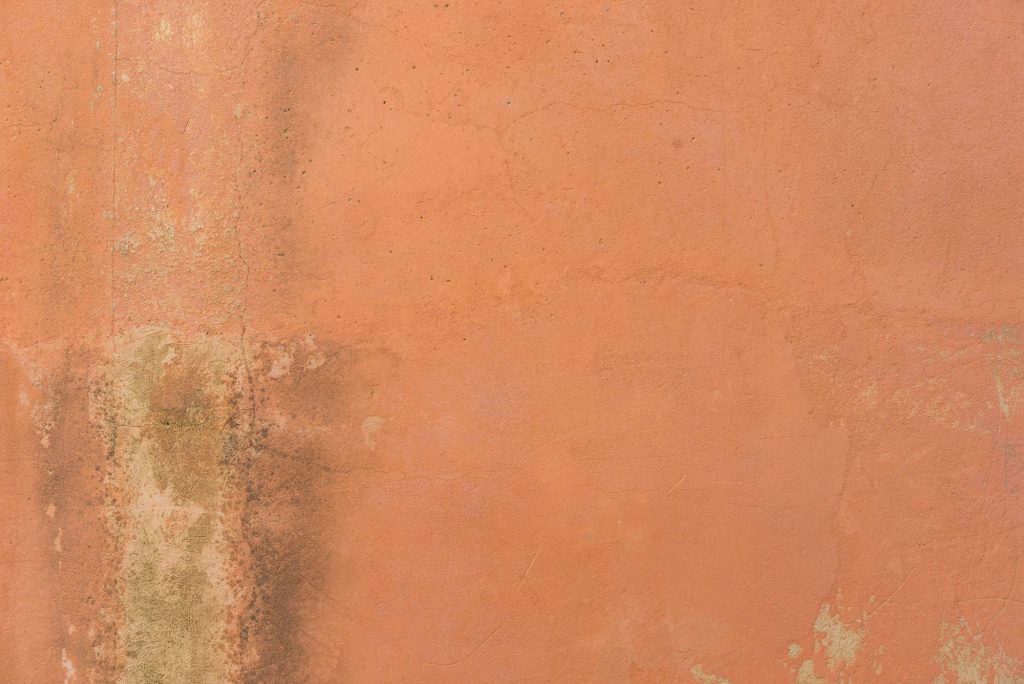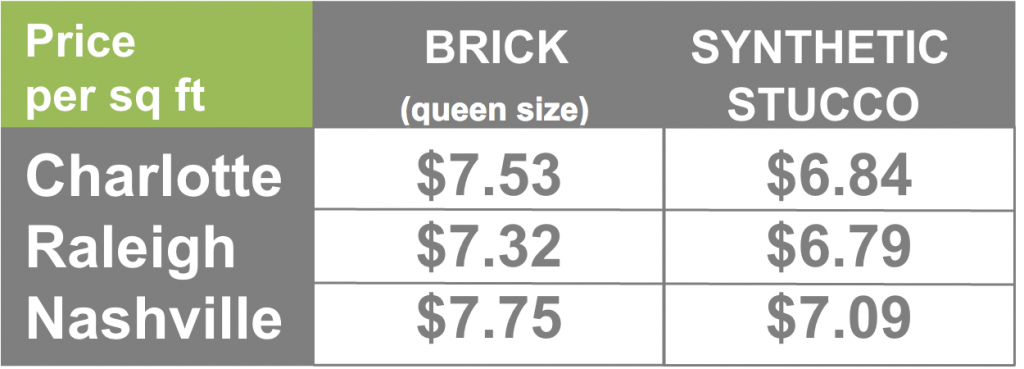The Pros and Cons of Brick vs. Synthetic Stucco

 Today’s home designs combine a variety of exterior finishes to create a textured look – pulling from options such as stone, brick, wood, vinyl and stucco. Your home design is such a personal decision – we all gravitate towards a particular style. But while ‘our look’ is very important to us, we also need to consider how our exterior choices will perform and protect our home investment. It’s critical to understand that things can go wrong – even with new construction. Today, we’re taking a look at the pros and cons of synthetic stucco.
Today’s home designs combine a variety of exterior finishes to create a textured look – pulling from options such as stone, brick, wood, vinyl and stucco. Your home design is such a personal decision – we all gravitate towards a particular style. But while ‘our look’ is very important to us, we also need to consider how our exterior choices will perform and protect our home investment. It’s critical to understand that things can go wrong – even with new construction. Today, we’re taking a look at the pros and cons of synthetic stucco.
Synthetic stucco or EIFS (exterior insulation finishing system) was first developed in the 1950s as an alternative to traditional stucco. The newer iteration offers more customization and durability than original stucco and has become a popular exterior finish, particularly in some regions. Home builders appreciate the wide selection of colors and textures and the fact that synthetic stucco provides reasonable energy efficiency and durability compared to vinyl siding. However, as with several other exterior products we’ve looked at in this blog series, installation can be very challenging and when improperly done, can jeopardize long term performance.
Indeed, the greatest concern with synthetic stucco is the difficulty of proper installation. Improperly installed synthetic stucco can fail to protect your home, exposing it to water damage and other moisture-related problems. Why is stucco installation so challenging compared to almost any other exterior finish? According to C-Risk (an independent risk-management consulting firm) each manufacturer of synthetic stucco has a different system to install, meaning your installer may not be versed in every system. If your house construction is rushed or the stucco is installed too quickly with unspecialized workers, there is a significant risk of damage to your home.

While stucco may not appear complex to the layperson, reputable EIFS distributors will not sell to the public given the difficulty an average person would have installing it correctly. It seems that even building companies aren’t familiar with proper installation techniques. According to EIFS.com: Many builders, general contractors and, in some cases, applicators either do not care, practice or do not know the proper procedure for applying various materials which often leads to water intrusion and costly repairs.
Synthetic stucco is also prone to cracks and can develop visible stains due to water damage caused by poor installation. Even properly installed stucco requires regular cleaning and periodic painting to restore the color. In some regions, insect infestation can be a real headache and costly problem for homeowners. By contrast, if you choose a high performance masonry exterior – brick and stone – you have virtually no maintenance and no repairs over a lifetime. And the great news is that brick is very comparable in price to synthetic stucco. When you consider the savings you realize from zero maintenance, lower insurance premiums and lower energy bills, choosing brick can definitely save you money.
Here’s a look at the price comparison between brick and synthetic stucco in key markets:

Listed pricing is for 2,266 sq. ft. of exterior wall space for a 2-story home including product and typical installation and is based on data by RSMeans | The Gordian Group, Installed Cost of Residential Siding, Comparative Study; 2017.
Not only do we want you to choose an exterior that protects your investment, we also don’t want you to sacrifice your personal style! We know that a common selling point of synthetic stucco is the wide variety of customization options, but our General Shale brick and stone offer you dozens of options as well. Just visit our website! When you are ready to start planning, our new My Designs app is an ideal tool to help you visualize various exterior combinations on a home design of your choice. Download the iOS app for free or use it on your computer!
